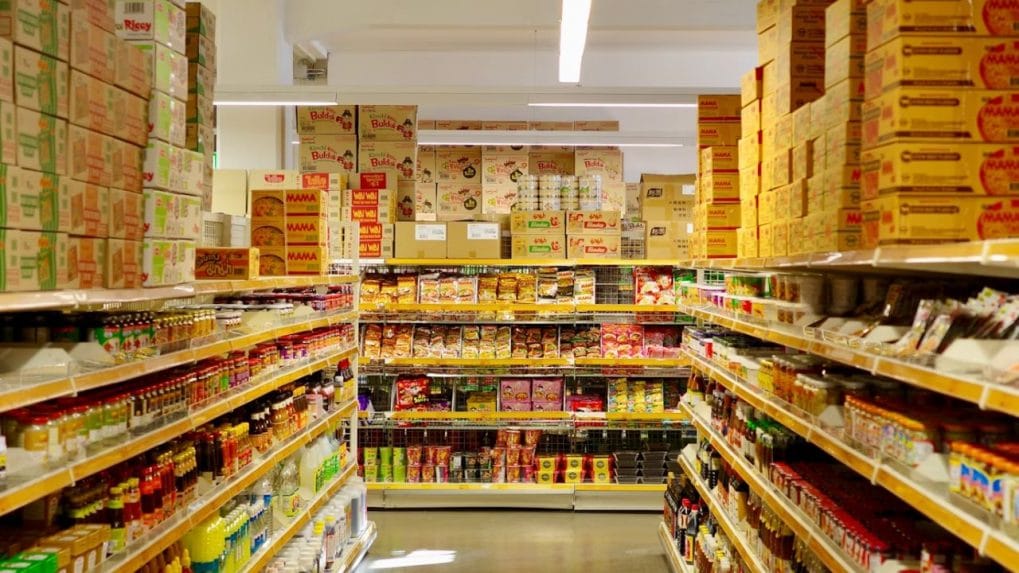Rural India powers premium FMCG surge, now driving over 40% of super-premium sales
Worldpanel India’s 2025 survey shows premiumisation moving beyond metros, with rural consumers driving adoption, homegrown disruptors reshaping categories, and smaller pack formats making aspiration more accessible.
ADVERTISEMENT
Worldpanel by Numerator (formerly Kantar) has unveiled its latest findings on premiumisation in India’s FMCG sector. The survey highlights how premium consumption in India is evolving- from metro elites to rural aspirants and uncovers where the next wave of growth will come from.
Read more: Growth in premium FMCG more organic than price-driven: Nielsen
Premium brands currently account for 15% of FMCG volumes, across categories such as detergents, bar soaps, toothpaste, tea, edible oils, biscuits and skin creams. While premiumization slowed in 2024 due to rural softness, long-term demand remains strong, especially as Indian households (urban and rural alike) become more aspirational.
Key insights from the survey:
- Rural momentum: Rural India’s contribution to premium FMCG volumes has grown sharply- from 30% in 2021 to 42% in 2025 for super-premium categories and over 50% for affordable premium. - Affluence reset: Super-premium consumers in metros (SEC A1) are shifting their spend from essentials like groceries and dairy to lifestyle-led categories such as housing, travel, luxury cars, smartphones and home décor.
Read more: Hindustan Unilever's premiumisation bets, acquiring majority stake in Minimalist
- Local disruptors win: Homegrown brands focusing on health, natural and functional attributes (e.g., cold-pressed oils, natural shampoos, herbal teas) are winning share in super-premium categories, often growing faster than established global brands.
Examples include Burhani Liquid Dishwash in Madhya Pradesh, AVT Gold Cup Tea in Tamil Nadu and Meera Shikakai Shampoo in Karnataka and Odisha.
- Right-sizing works: Small, affordable pack formats are driving penetration and trial without diluting premium experiences. Sensodyne (75g), Nabati wafers (30g) and Tresemme (6ml) are clear examples of how accessible packs fuel growth.
Leading super-premium players like Dove, Malkist, Sensodyne and Taj Mahal Tea are also unlocking growth by offering smaller, more affordable packs- balancing accessibility with premium experience.
- Channel shifts: Despite strong growth in e-commerce and quick commerce, premium FMCG remains underleveraged in fast-delivery channels, signalling untapped potential in Q-commerce for categories like toothpaste, skincare and packaged foods.
- Beyond FMCG: Premiumization is not just an FMCG phenomenon. Sectors like luxury housing (sales above ₹3 crore up 80% in 2024), premium smartphones (8% YoY volume increase in Q2, 2025) and luxury cars (6% YoY growth in 2024 and crossing 50,000 units in annual sales for the first time) underscore a wider consumer shift toward elevated living.
Implications for brands:
To capture the next wave of premium growth, Wordlpanel recommended that FMCG players must:
- Be present in the super-premium space with curated offerings. - Reframe value, focusing on value per use rather than price per gram/ml. - Amplify accessibility through new-age channels like quick commerce and e-commerce. - Leverage the power of small, affordable packs to drive penetration and trial.
Commenting on the findings, K. Ramakrishnan, Managing Director- South Asia, Worldpanel by Numerator, said, “Premiumisation in India is no longer restricted to metros or high-income households. Rural consumers are becoming aspirational, local disruptors are redefining what ‘premium’ means and even the most affluent households are rethinking priorities.
Read more: Too much premiumisation can cause market share loss, warns Dabur’s CEO
The future will be about delivering value-led premium experiences through the right packs, right attributes and right channels. For brands, this is both a challenge and a golden opportunity.”
The report underscores that premium is no longer a niche- it is a mass aspiration cutting across geographies, demographics and channels. The brands that succeed will be those that blend aspiration with accessibility and innovation with deep cultural resonance.


